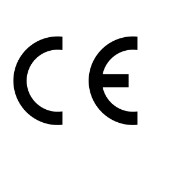- CE Marking on a product is a manufacturer’s declaration that the product complies with the essential requirements of the relevant European health, safety and environmental protection legislation, in practice by many of the so-called Product Directives.**Product Directives contains the “essential requirements” and/or “performance levels” and “Harmonized Standards” to which the products must conform. Harmonized Standards are the technical specifications (European Standards or Harmonization Documents) which are established by several European standards agencies (CEN, CENELEC, etc).CEN stands for European Committee for Standardization.CENELEC stands for European Committee for Electro technical Standardization.
- CE Marking on a product indicates to governmental officials that the product may be legally placed on the market in their country.
- CE Marking on a product ensures the free movement of the product within the EFTA & European Union (EU) single market (including totally 30 EEA* countries), and
- CE Marking on a product permits the withdrawal of the non-conforming products by EEA customs and enforcement/vigilance authorities.

*The European Economic Area (EEA): The EEA includes EU countries and also Iceland, Liechtenstein and Norway. It allows them to be part of the EEA single market.Switzerland is a member of EFTA, but neither an EU nor EEA member. It however is still part of the single market.
Along with more directives’ becoming effective, more and more products are required to bear the CE Marking for gaining access to the EFTA & European Union market. However, many non-EU exporters are still unaware of or unsure about this fact and its impact on their business.